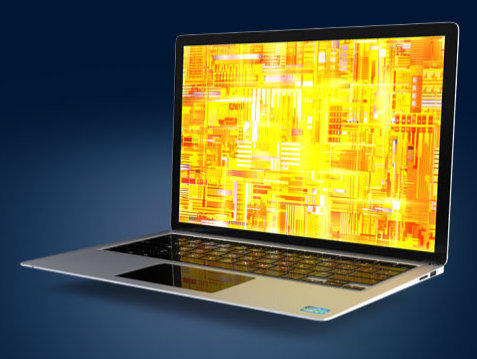Intel banking on 'experience-based' capabilities for Ultrabook


SINGAPORE--With steep competition in the mobility space and the perception its products may compromise battery life, Intel is banking on the Ultrabook's thin screen to stand out and is working on improving the user experience and cost.
According to Leighton Phillips, the chip giant's Asia-Pacific director for pricing and product marketing, Intel's Ultrabook is "the new kid on the block and just getting started" in the mobility space, with the first Ultrabook being launched only in late 2011.
Like every newcomer, Intel faces challenges in driving adoption of its product on the market, the executive said at a press briefing here Friday.
According to Phillips, the business of selling low cost tablets was "very solid and vibrant" right now. Chinese vendors and original equipment manufacturers (OEMs), especially have had "waves of designs" coming up at various screen sizes and low prices, which increases competition in the mobility market, he explained.
"The situation is, most vendors running on Android have to differentiate themselves through their screen size, while racing to the bottom on price," he explained.
Another struggle Intel had with its products is the consumer perception they are high performance but also compromise on battery life, he added.
This is why, the Ultrabook's differentiating point in the mobility space is thin screen, while other vendors are competing on screen length, Phillips noted.
He also added since the Ultrabook was launched in 2011, it had a "rapid waterfall effect" on other notebook vendors, who have started manufacturing products with thinner screens. For example, following the launch of Ultrabooks, Dell dumped netbooks in favor of its thin and powerful XPS line of laptops.
The "first refresh" of tablets is already taking place among consumers, whereby users of first generation tablets such as iPad 1 were looking to upgrade, and are more sensitive to how good the architecture and speed of the device is, Phillips pointed out.
Intel will also work on "experience-based capabilities" on its devices to give users a better user experience, to stand out from its competitors, he explained.
For example, full voice control will be embedded in Ultrabooks this year, with a lot of work around engineering microphones to increase noise cancellation to improve the accuracy. Other areas include facial and image recognition, motion control and wireless charging, he added.
"By doing this, [Intel] can free users from [inconveniences] such as passwords and socket charging," he explained.
Another area the Ultrabook can improve on is its price to compete better with lower-priced products from its competitors, Phillips pointed out. To achieve this, Intel is innovating around its technology to bring down the cost price of its ultraportable laptop, he explained.
An example of more advanced technology is in shifting from the current touchscreen to "optical touch", which will give users the quality yet bring the cost down, Phillips noted. Optical touch technology refers to using optical sensors located around the perimeter of the screen, resulting in greater accuracy, he explained.